11 Fall Vegetables to Sow for an Early Spring Harvest
Planting vegetables in the fall is a great way to ensure an early harvest in the spring. As temperatures cool, many crops, such as garlic, spinach, and kale, thrive in the fall soil, allowing them to develop strong roots before winter. With a little preparation, you can enjoy fresh, homegrown produce as soon as spring arrives, giving your garden a head start and your meals a seasonal boost. Whether you’re new to gardening or an experienced grower, fall planting offers a simple and effective way to extend your harvest season.
This post may contain affiliate links, which helps keep this content free. Please read our disclosure for more info.
Garlic
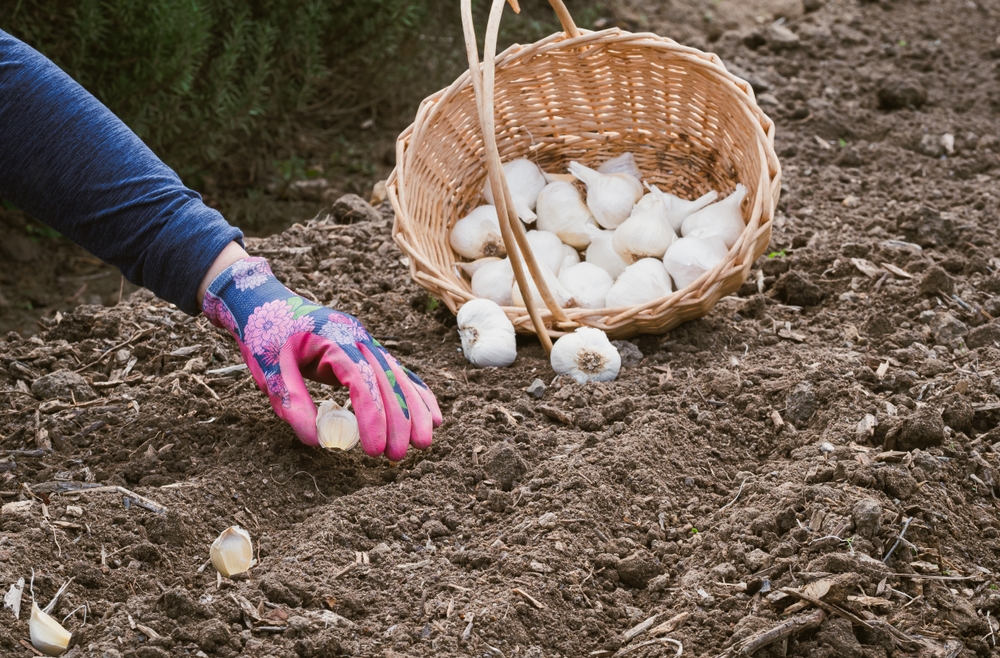
Garlic is a fantastic vegetable to plant in the fall for an early spring harvest. When sown in late summer or early fall, garlic cloves develop roots before the winter frost sets in, allowing them to establish a strong foundation. Garlic will remain dormant during the winter months, but the cold weather actually helps the cloves break dormancy and get a jump-start on spring growth. This method allows for a head start, so by the time spring arrives, your garlic will be ready to grow vigorously and produce large, flavorful bulbs.
For best results, plant garlic in a sunny spot with rich, well-drained soil. Space the garlic cloves about six inches apart, with the pointed side facing upwards. Plant them two inches deep and cover them with a thick layer of mulch to insulate them from the cold. The mulch helps regulate soil temperature, preventing the soil from freezing too hard and allowing the garlic to form roots throughout the winter. When spring arrives, remove the mulch, and the garlic will begin its rapid growth, ready to be harvested in late spring or early summer.
Spinach
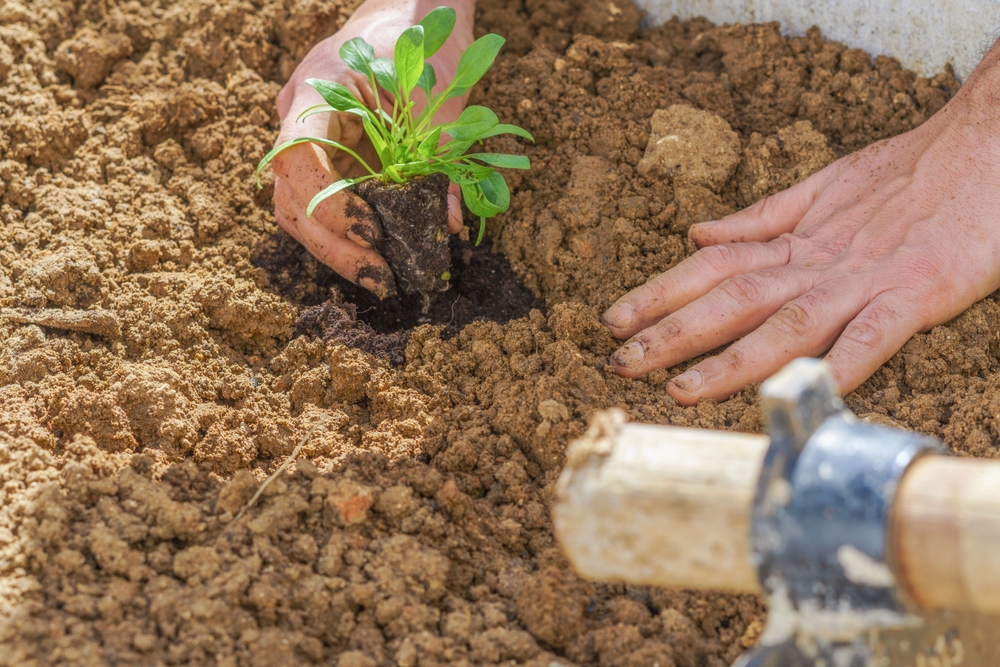
Spinach is a versatile and fast-growing leafy green that thrives in cool weather, making it a perfect choice for fall planting. Sowing spinach in late summer or early fall allows it to establish itself before winter sets in, ensuring you have fresh, nutritious greens as soon as spring arrives. Spinach benefits from the cooler temperatures of fall and early winter, which prevent the plant from bolting (flowering and going to seed too early). By planting in the fall, you will enjoy tender spinach leaves just as the first signs of spring begin to appear.
Spinach prefers well-drained, fertile soil and should be sown about half an inch deep. Space the seeds about 2 inches apart to allow room for growth. In the cooler months, spinach grows slowly but steadily, and if temperatures drop too low, a layer of mulch will help protect it. When spring weather returns, you will have a hardy crop of spinach ready for harvesting. Keep the soil consistently moist, but not waterlogged, and the spinach will thrive through the cooler months, providing an early spring harvest.
Kale

Kale is a hardy, nutrient-dense green that can be grown year-round in many climates, but it particularly thrives when planted in late summer or early fall. When kale is planted in the fall, it establishes its roots before the winter frost sets in. Kale’s flavor even improves with a light frost, which converts starches into sugars, making it sweeter. This makes fall planting perfect for those looking to harvest kale as early as spring. With the cold weather slowing down its growth, kale can be ready to harvest early in the spring, often a full month ahead of spring-planted kale.
Kale prefers rich, loamy soil and full sunlight, but it can tolerate some shade. When sowing kale seeds, plant them about half an inch deep and space them 12 inches apart to allow the plants room to grow. Kale is cold-tolerant, so even if the winter brings freezing temperatures, the plants will survive, though you may want to cover them with mulch to protect the roots. As spring arrives, the kale will begin to grow rapidly, and you can begin harvesting the tender, nutrient-packed leaves for salads, soups, and smoothies.
Broad Beans
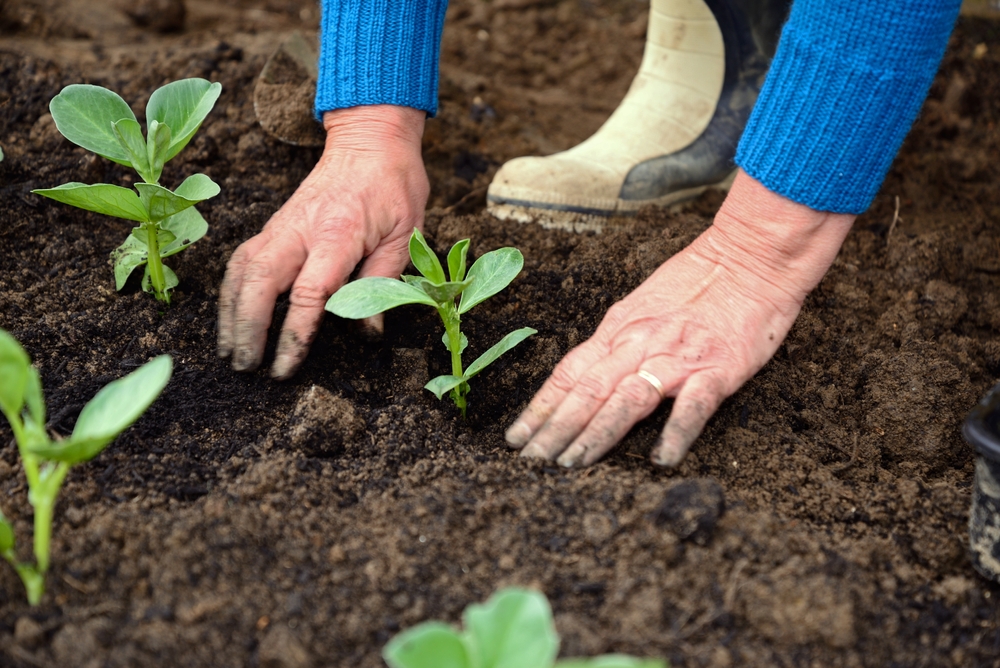
Broad beans, also known as fava beans, are an excellent choice for a fall sowing if you’re aiming for an early spring harvest. These beans are hardy and can tolerate frost, making them perfect for planting in late summer or early fall. By sowing them in the fall, the beans can develop a strong root system during the winter months. When spring arrives, the plants will quickly take off, providing a harvest much earlier than if they were planted in the spring. The beans mature in early spring, and you’ll have fresh pods well before many other garden crops.
Broad beans thrive in well-draining, fertile soil and should be planted about 2 inches deep and spaced about 6 inches apart. They need full sun to grow properly, but they are fairly low-maintenance once established. Planting them in the fall allows the beans to develop slowly over the cooler months, with little risk of damage from frost. When the weather warms, the plants will spring to life, and you will have a harvest of tender, flavorful beans just as the weather starts to warm.
Broccoli

Broccoli is a versatile and cold-hardy vegetable that can be successfully grown for an early spring harvest if sown in late summer or early fall. Planting broccoli in the fall gives it time to establish roots during the cooler months, with the added benefit of an early harvest when spring comes. Broccoli requires cold to produce the best flavor, so the fall planting allows it to grow steadily during the winter months and be ready to harvest once spring arrives. The cooler temperatures prevent the plant from bolting, which is a common issue with spring-planted broccoli.
Broccoli prefers well-draining, fertile soil and needs at least six hours of direct sunlight per day. When sowing seeds, plant them about half an inch deep, and space them 12 to 18 inches apart to give the plants enough room to grow. Once the seedlings are established, they can handle cold temperatures and will continue to grow slowly throughout the winter months. When spring arrives, your broccoli will be ready to provide fresh, crunchy florets, perfect for adding to salads, stews, or roasting with other vegetables.
Cabbage
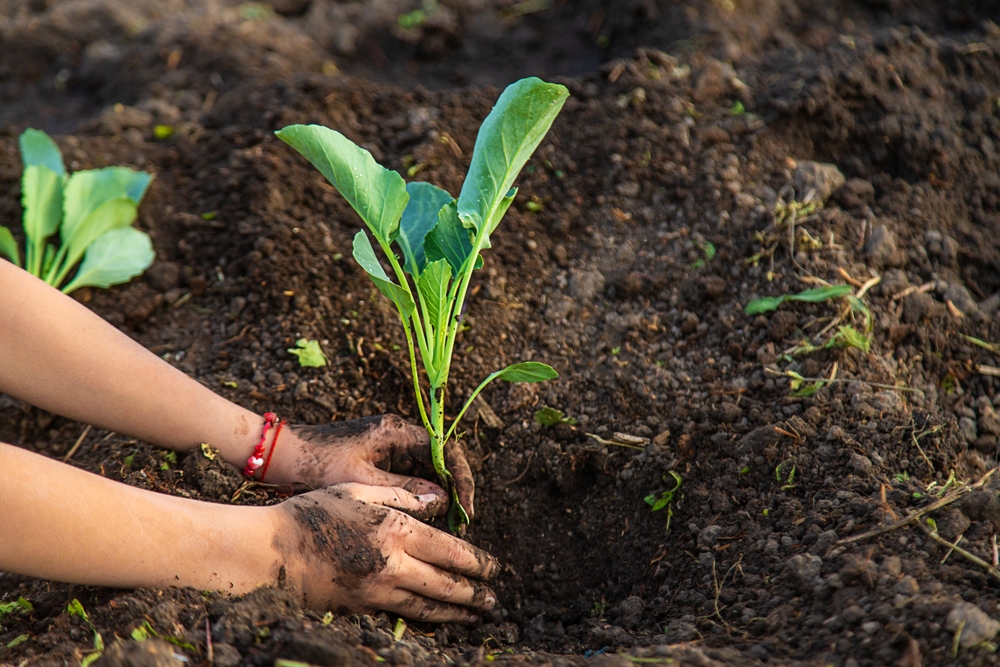
Cabbage is another great vegetable to sow in the fall for an early spring harvest. Planting cabbage in late summer or early fall allows the plants to grow slowly during the cooler months, avoiding the rush of early spring growth. Cabbage benefits from the colder weather, which helps develop a dense, firm head without the risk of bolting, a common issue with spring-planted cabbage. When the weather warms up in spring, the cabbage will be ready to harvest, and you can enjoy crisp, tender heads of cabbage much earlier than if you had planted them in the spring.
Cabbage thrives in fertile, well-drained soil and prefers a sunny location. When planting, space the seedlings about 18 inches apart, and plant them deep enough so that the roots are well-covered. Mulching around the base of the cabbage will help retain moisture and keep the soil temperature consistent during the winter. By early spring, your cabbage heads will be firm and ready for harvesting, whether you plan to use them in slaws, stir-fries, or soups.
Leeks
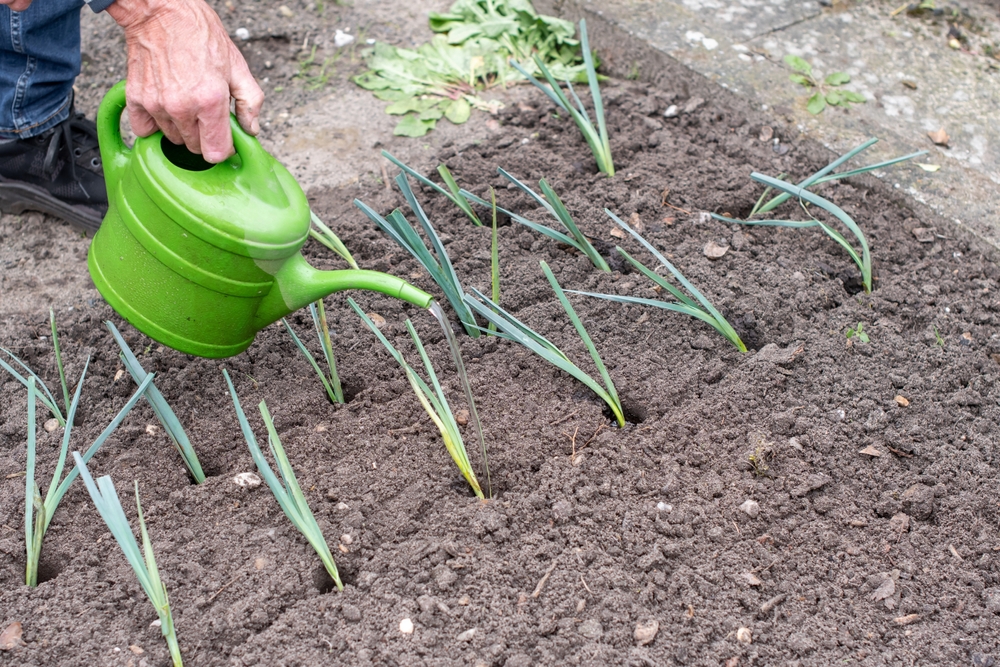
Leeks are a great fall vegetable to sow for an early spring harvest. By planting them in the fall, they can establish a strong root system during the winter months, allowing you to harvest them early in the spring. Leeks are frost-tolerant, so they can handle the cold and continue to develop throughout the winter. The slow, steady growth over the winter months ensures that the leeks will have time to reach their full size by spring, giving you tender, flavorful stalks just when you need them.
Plant leeks in rich, well-drained soil with plenty of sunlight. Sow the seeds about half an inch deep, and space them 4 inches apart. Mulching around the plants will help protect them during colder weather and prevent the soil from freezing. By the time spring arrives, your leeks will be ready to harvest, offering a mild onion flavor perfect for soups, stews, and salads.
Carrots

Carrots are surprisingly easy to grow in the fall for an early spring harvest. When sown in late summer or early fall, they can develop roots before the winter frost, allowing them to remain dormant through the colder months. The carrots will continue to grow in the spring, providing an early harvest before the hot weather causes them to become tough and woody.
Carrots prefer well-drained, sandy loam soil and need a sunny location to grow properly. Sow the seeds about a quarter inch deep, and space them 2 inches apart to give them room to grow. Mulch around the plants to help protect them during the winter and keep the soil consistently moist. When spring arrives, the carrots will be ready to pull, and you will have sweet, tender roots to enjoy early in the season.
Radishes
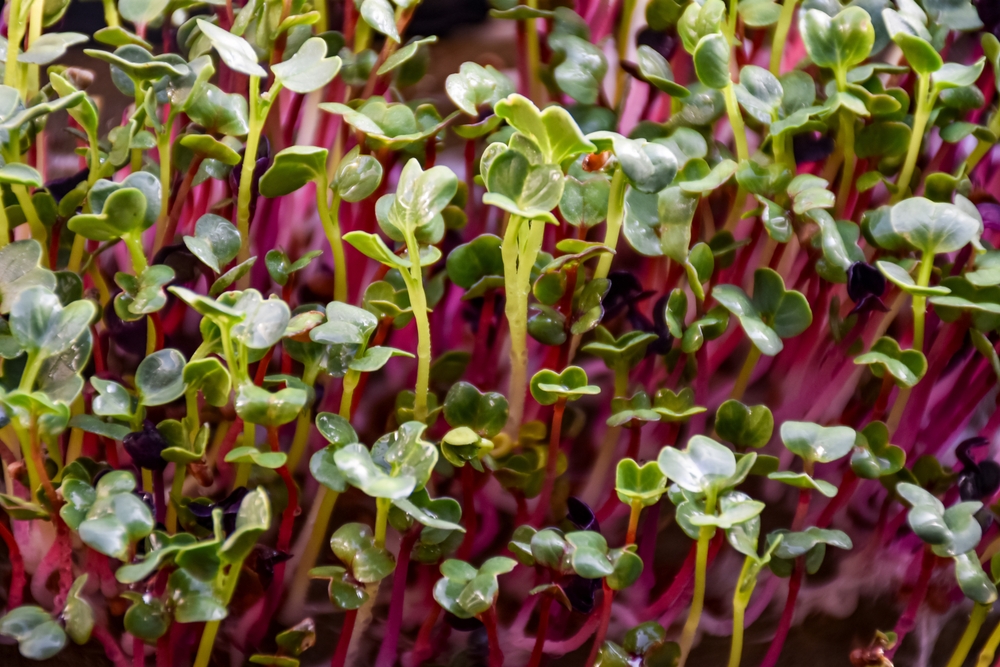
Radishes are one of the fastest-growing vegetables, making them perfect for a fall sowing. Planting them in late summer or early fall ensures that they have plenty of time to grow before the winter frost. Once the cold weather arrives, the radishes will remain dormant, but once spring arrives, they will quickly grow and be ready to harvest. These crisp vegetables can be harvested early in spring, well before many other crops are ready.
Radishes thrive in well-drained, loose soil and need full sunlight. Sow the seeds about half an inch deep and space them about 1 inch apart. Radishes grow quickly, and with a fall planting, you can enjoy their sharp, peppery flavor early in the spring. A light layer of mulch will help protect them during winter and keep the soil temperature consistent.
Onions
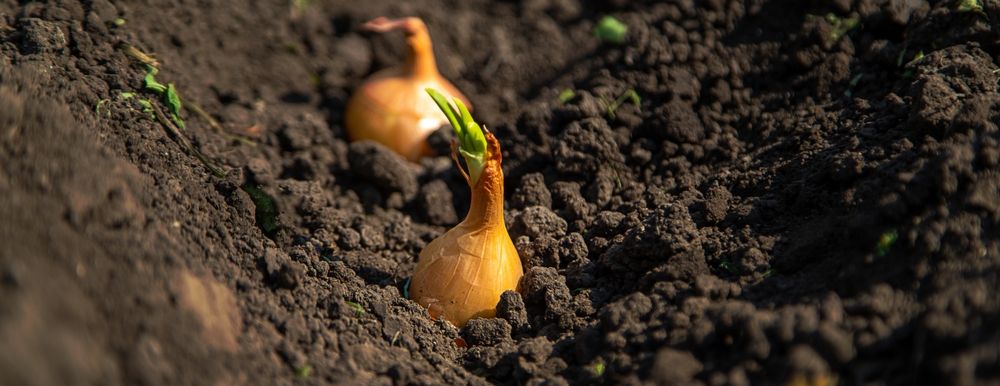
Onions are another great vegetable to sow in the fall for a spring harvest. Planting onion sets or seeds in late summer or early fall gives them time to establish their roots during the cooler months, ensuring that they will grow quickly once the weather warms in spring. By spring, your onions will have a head start and can be harvested early, allowing you to enjoy fresh, home-grown onions before the hot summer months arrive.
Onions need well-drained, fertile soil and at least six hours of direct sunlight per day. Plant the seeds about 1 inch deep, and space them about 4 inches apart. The onions will grow slowly over the winter, but when spring arrives, they will begin to grow more quickly, providing fresh onions that are perfect for salads, soups, and cooking.
Beets
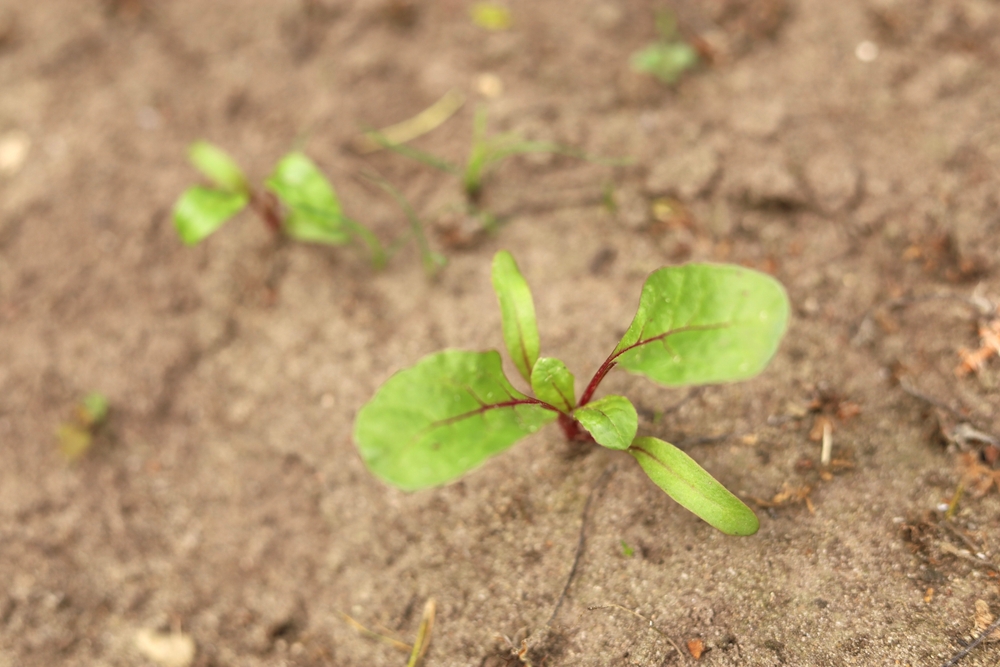
Beets are a cool-season crop that benefits from a fall planting. When sown in late summer or early fall, they develop roots before the winter frost and can be harvested in the early spring. Beets are cold-hardy and will survive light frosts, giving them a head start for an early spring harvest.
Plant beets in well-drained, fertile soil and space them about 3 inches apart. They need at least six hours of sunlight each day and will thrive in cooler temperatures. A layer of mulch will help keep the soil temperature consistent and protect the roots during the winter. When spring arrives, you can enjoy tender beets and their leafy greens early in the season.
This article originally appeared on Avocadu.
